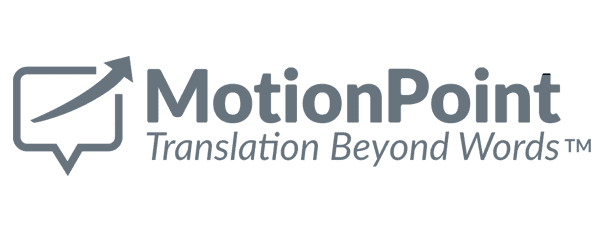




Traditional translation agencies don’t have the technology or ability to keep pace with the unique aspects of secure portal localization. Their underdeveloped technologies and sluggish translation deliveries usually create subpar online experiences, which lead to:
These are high-stakes risks, since portals are invaluable gateways for increased engagement and communication with multilingual customers, and provide educational content for international employees and business partners.
Let's take a closer look at why the capabilities of most traditional-and in many cases, very well-known-translation agencies cannot properly localize portals and other secure login areas. We'll also explore superior solutions that prioritize the rapid delivery of accurate portal translations, both at launch and ongoing.
Your multilingual and international constituents expect perfect digital user experiences, just like your domestic constituents do. Unfortunately, traditional translation agencies can’t often deliver on these expectations … especially when it comes to localized portals.
These businesses forged their expertise on translating old-school media such as books, documents and brochures. They lack the digital-first resources and technical know-how to localize websites, portals and secure login areas.
In fact, partnering with a traditional vendor often generates more cost, effort and risk than it’s worth.
A common area where their technical abilities fall short is when translating single-page applications and dynamic content powered by Angular, React, JSON and other frameworks.
Nearly all translation vendors use content detection and content parsing technologies to identify translatable content within webpages and applications, and separate that content into easy-to-translate chunks called segments.
Unfortunately, traditional vendors don’t have sophisticated versions of these technologies. They can’t distinguish an application’s translatable content (which appears as text) from its structured code (which also appears as text). This results in:
Old-school vendors also face similar issues with AJAX calls that produce dynamic content that isn't always seen on the page. This also leads to an unacceptable "mixed language" UX that alienates customers.
Even in the absence of such technically complex circumstances, traditional vendors are still at risk of delivering subpar “mixed language” experiences to portal users. This is because they lack efficient automated workflows that expedite the translation process on an ongoing basis.
It’s common for companies to regularly add content to their portals and secure login areas. With many traditional vendors, even trivial content updates can remain undetected and untranslated for days, or even weeks.
To compensate, vendors usually heap the manual effort of translation management onto to their customers. This often requires key internal resources, and results in unexpected costs.
Companies find themselves experiencing:
Ideally, new or updated portal content should be identified for translation, translated, edited, QA’d and published in about one business day. No legacy agency can reliably deliver fast website translation services within that timeframe.
If traditional translation vendors generate so much cost, effort and risk for their customers, do companies have a better option for portal localization?
Look for superior solutions offered by “digital-first” vendors. These agencies were developed after the creation of the Internet, and understand its technical complexities. Their developers and translators use superior technologies that remove most—and in ideal cases, all—of ongoing localization and management tasks from the customer.
The best solutions can launch localized portals in as little as 30 days and deliver translations for fresh content in about one business day.
When you’re looking for a translation solution, consider whether it can offer:
Accept nothing less than a superior digital-first vendor that can deliver the online experience your multilingual and international constituents expect—and will reward with ongoing business.